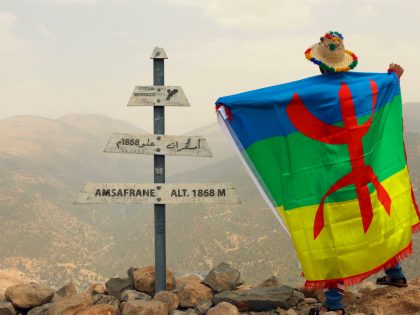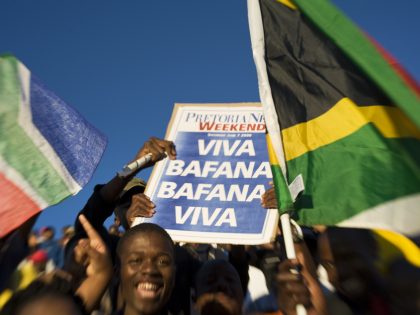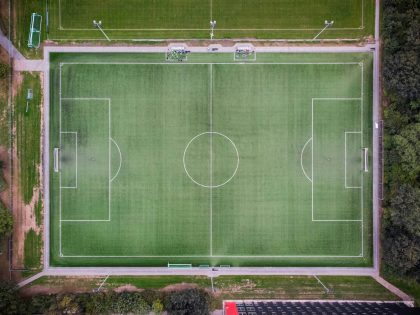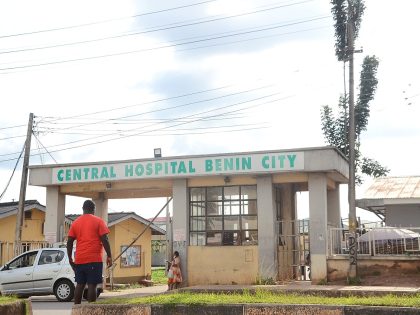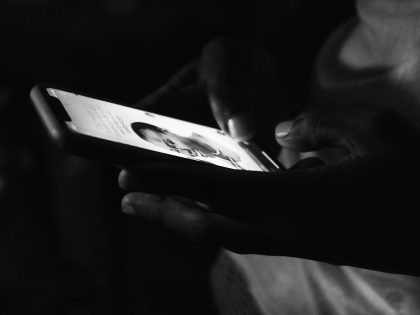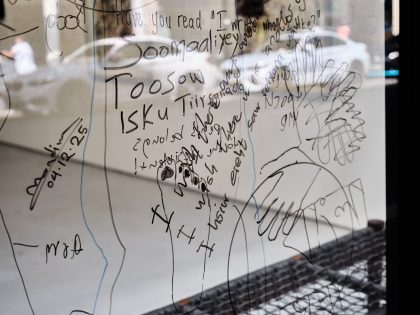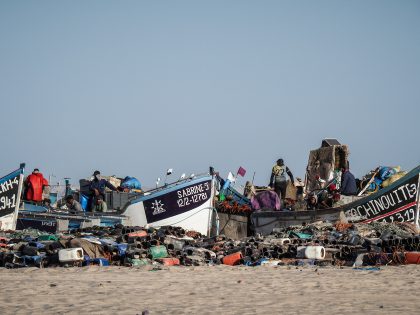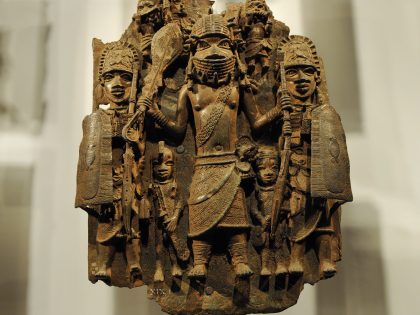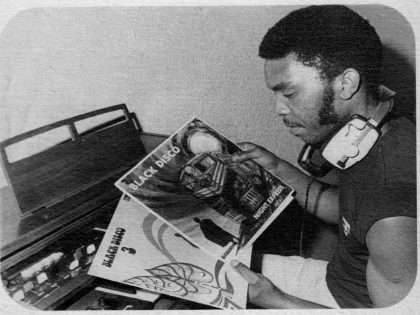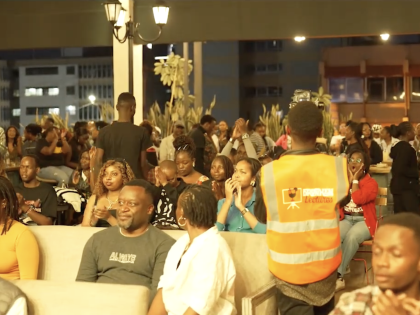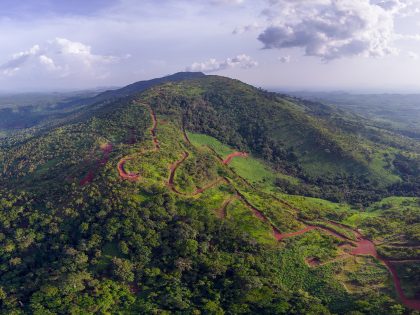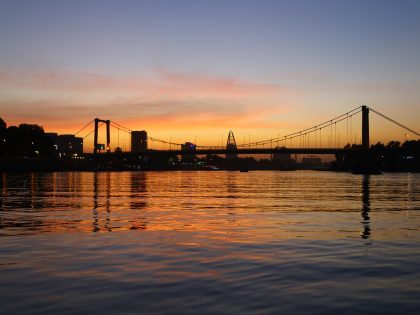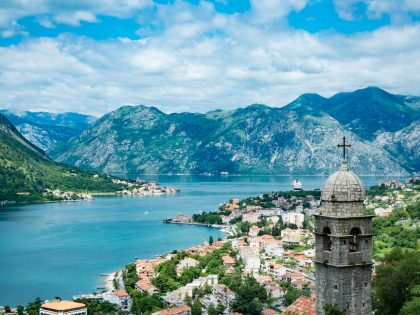A French migration fairytale
A remarkable amount of new films in recent months have used migration, detention and illegal sea crossings as their subject matter.

Stills from Aki Kaurismäki's "Le Havre."
In his new film ‘Le Havre’, the Finnish director Aki Kaurismäki has beautifully weaved a whimsical, somewhat timeless portrayal of France — all baguettes, bars à vins and shoe-shine boys — with an unavoidably contemporary problem that plagues France’s ports, and moves in tides through its politics (the recent support for Marie Le Pen a good example); immigration. Paying homage to French cinema, skillfully but without pastiche adopting the composed, poetic style of Bresson and Renoir, Kaurismäki has made a stylistic yet subtle film about exclusion, exploring in a most delicate way the seeping of suspicion and xenophobia that — since France’s colonial exploits — have grown in parts of French society.
The film follows the poor, one time bohemian now railway station shoeshiner Marcel Marx (André Wilms), who drinks too much, works too little, and is hopelessly, haphazardly in love with his wife, and his dog, and perhaps life too. Eating lunch on the steps of the port one afternoon, a young Congolese boy appears suddenly. “Is this London?”, he asks, half submerged in the murky port water. “Is that where you want to go? That’s the on other side,” Marx replies, gesturing to the opposite side of the channel. But of course, the young boy Idrissa (Blondin Miguel) doesn’t leave, and instead Marcel offers him shelter and they begin a friendship, hiding from the farcically dressed ‘villain’-turned-benevolent detective Arletty.
Although the film makes something of a fairytale out of a serious social question, it beautifully, suggestively re-imagines the role and image of migrants in the stylish idyll of nostalgic France; where do the shipping containers full of dehydrated migrants fit into a baguette-ed, beret-ed charming small town, filmed in the colors and composition of a Tati film? Can they co-exist? Are they compatible? Surely they are both as much a part of French history.

When a shipyard guard hears a sound from inside a locked container, a troupe of policemen, doctors and detectives turn up, and with great ceremony prise open the doors. “What’s this?” a bystander asks, “the living dead,” the guard replies. The migrants are put into detention centers, or shipped back to their home countries, and Kaurismäki seems to limply point to the now infamous French detention centers like Sangatte. It’s a contentious issue, particularly since the steady flow of criticisms by groups like Amnesty International who have observed consistent mistreatment in many French-run detention and ‘holding’ centers
This is Kaurismäki’s first in what he intends to be a trilogy of films set in ports, but it seems to be amongst a remarkable amount of new films in recent months that have used migration, detention and illegal sea crossings as their subject matter.
Films such as ‘The Colour of the Ocean’ by Maggie Peren, ‘Special Flight’ by Fernand Melgar, ‘Terraferma’ by Emanuele Crialese, ‘A Chjàna’ by Jonas Carpignano, ‘Mare Nostrum’ by Andrea Kunkl, Giuseppe Fanizza and Giorgia Serughetti, ‘[S]COMPARSE’ by Antonio Tibaldi, ‘Qu’ils reposent en révolte’ by Sylvain George, ‘The Invader’ by Nicolas Provost or ‘Ferrhotel’ by Mariangela Barbanente, have all examined the issues in various filmic ways. Clearly, it is a pressing, important subject matter. The horrific news story that told of 70 Libyan refugees left to die in the Mediterranean Sea speaks of the dubious attitudes held toward migrants by large European, multinational authorities and institutions.
- You can read my reviews of ‘The Colour of the Ocean’ and ‘Special Flight’ (which were screened as part of the London Human Watch Rights Film Festival) here.
